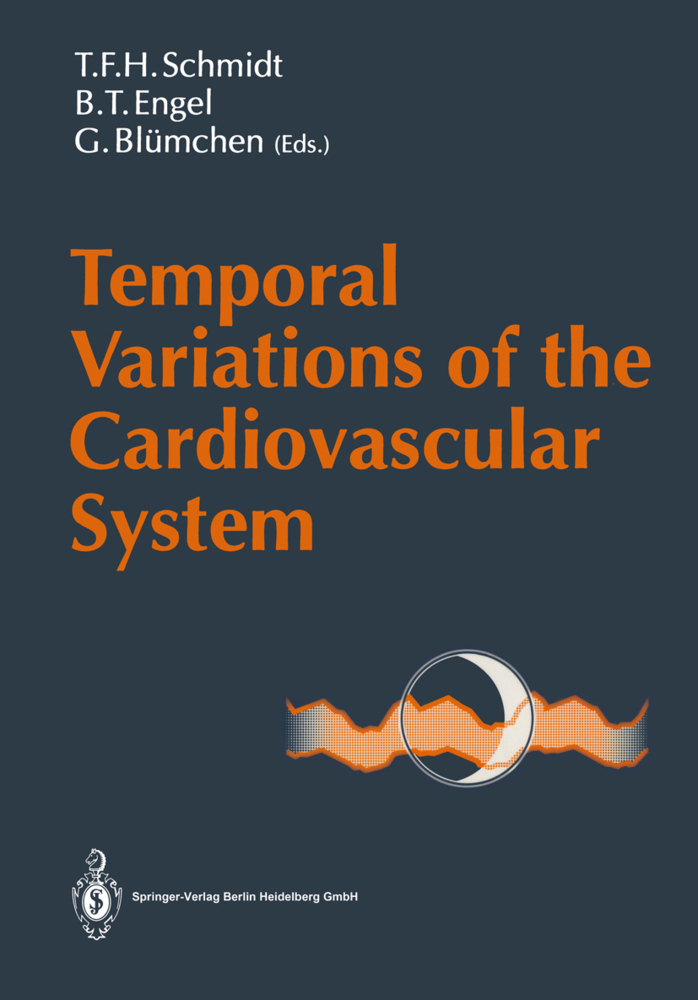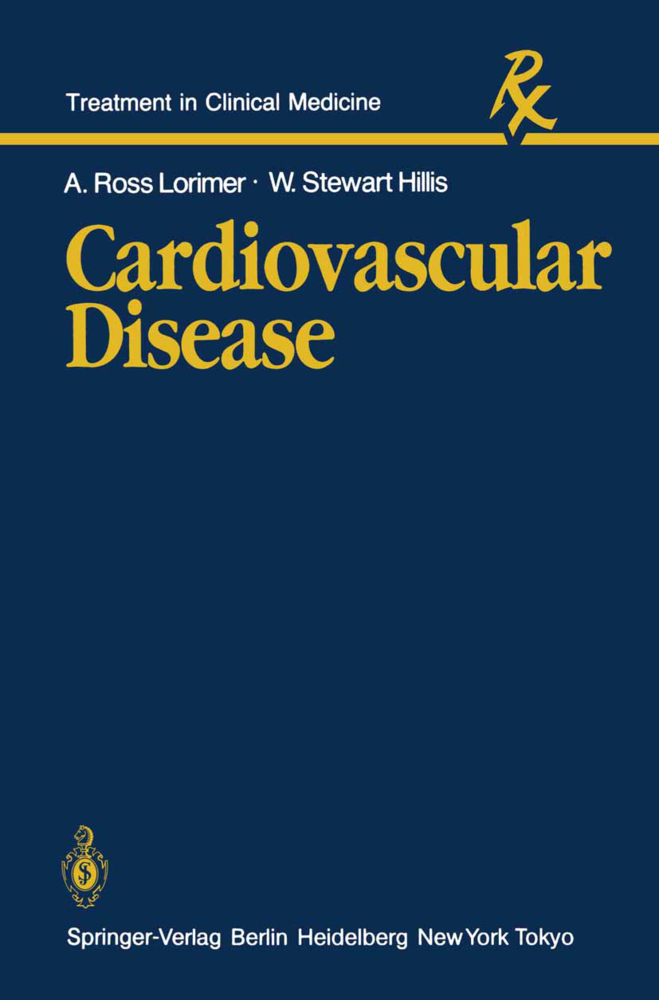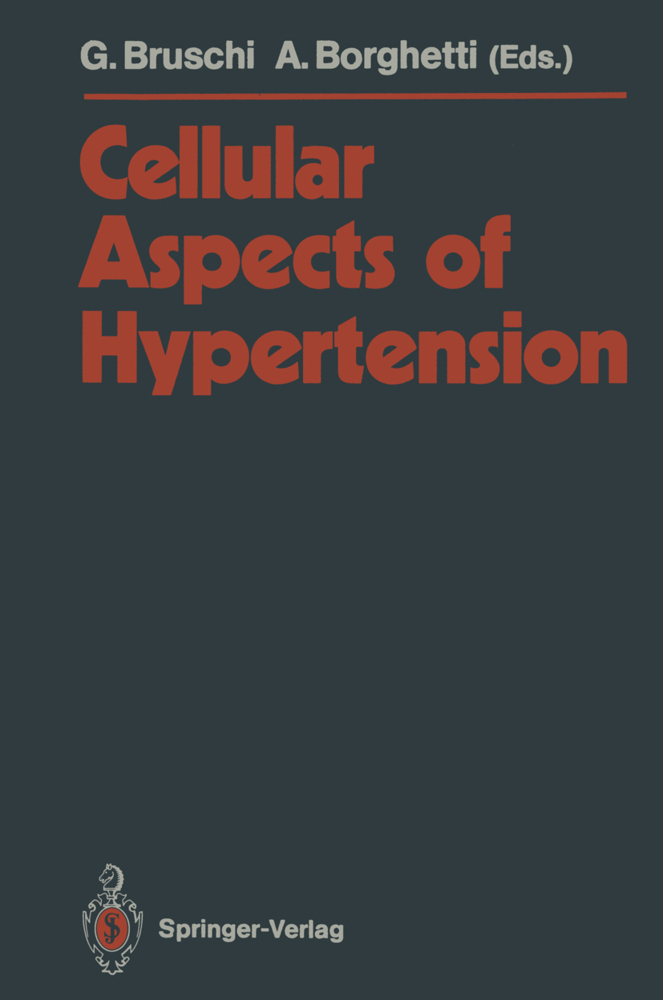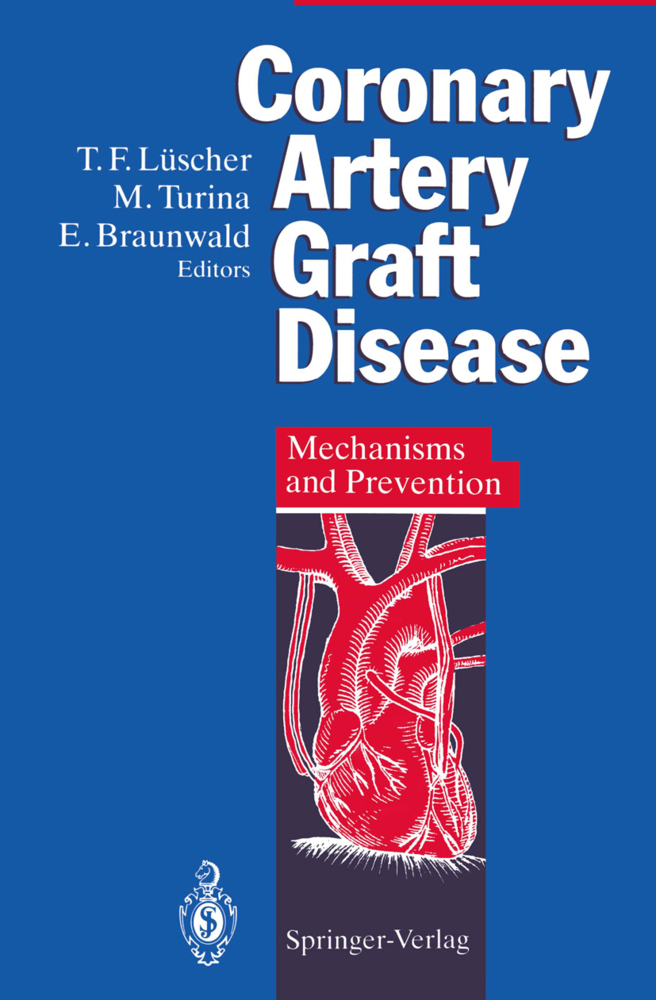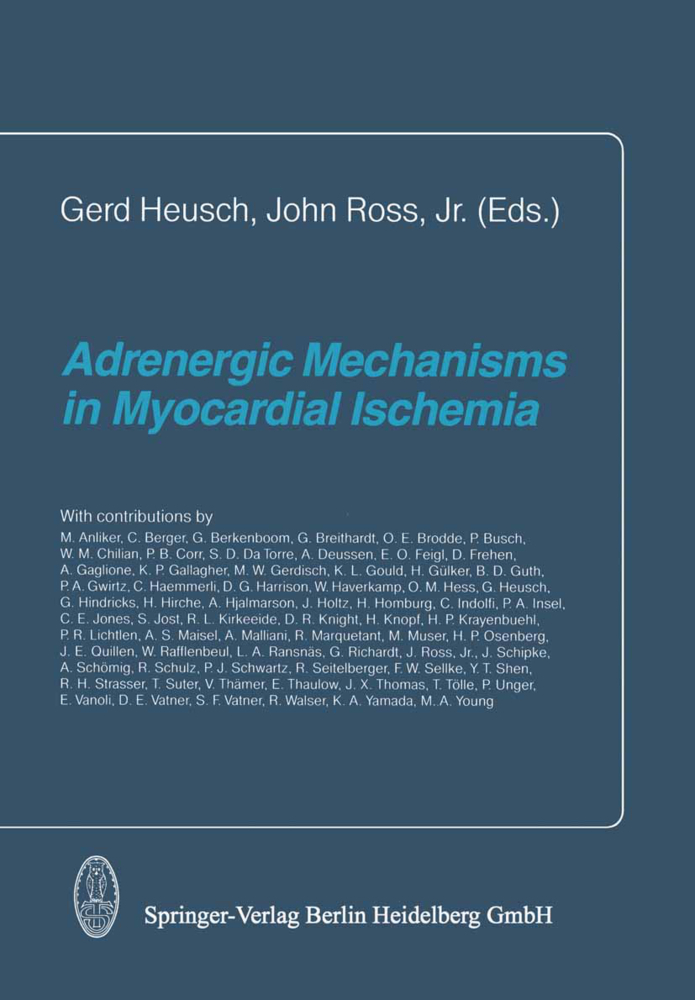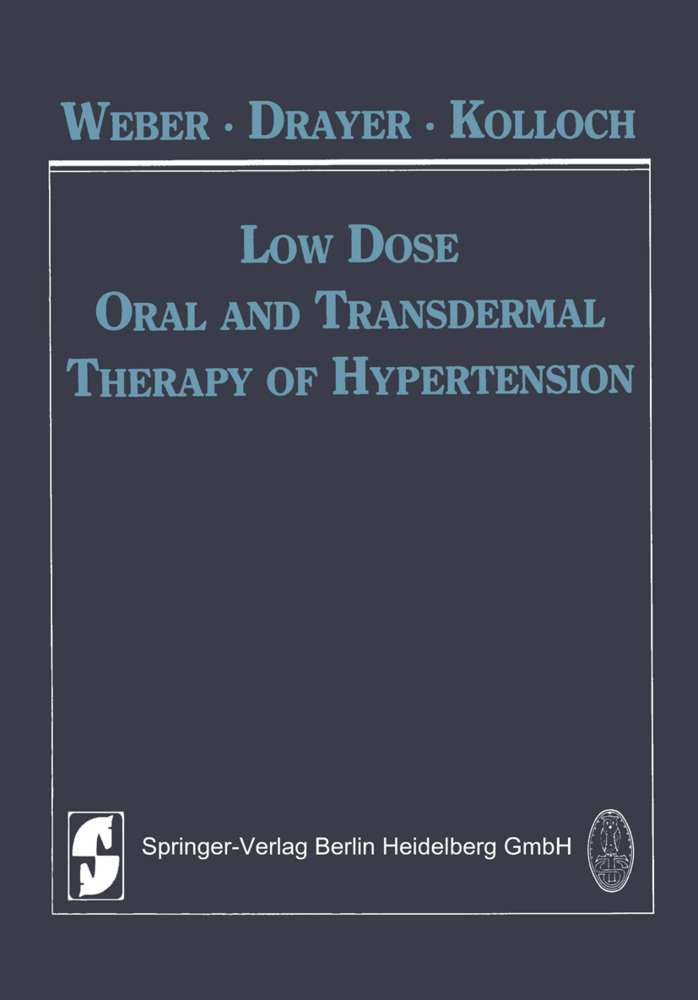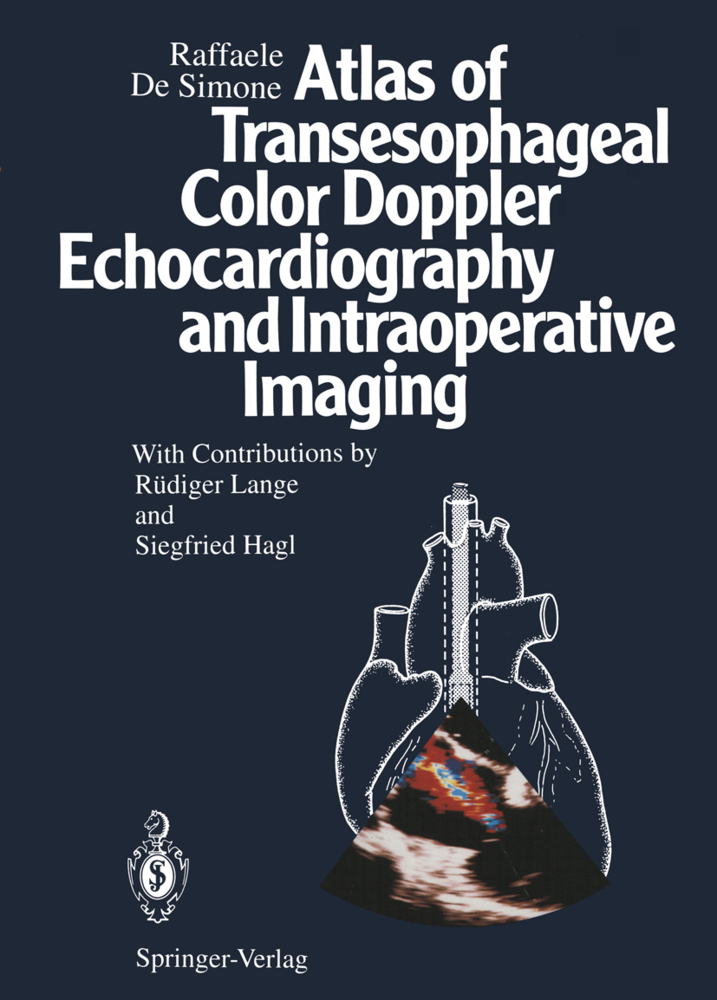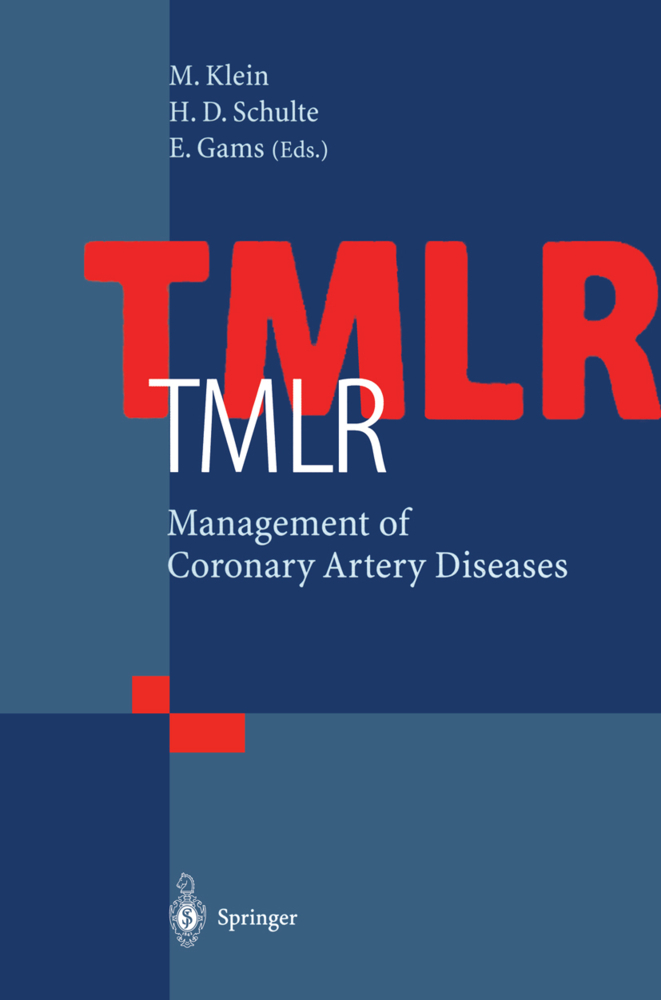Temporal Variations of the Cardiovascular System
Temporal Variations of the Cardiovascular System
Although it is widely recognized that there are significantvariations in the circulation throughout the 24-hour day,these patterns have often been conceived as nuisancevariables rather than functional differences.Responses of the circulation are examined here not as stablephenomena, but as integrated functions highly sensitive toenvironmental conditions, and driven by internal andexternal pacesetters. In this volume, cardiologists with aprimary interest in hypertension or heart disease,chronobiologists, and psychologists join together for thefirst time to give the reader the opportunity to learn theextent and clinical significance of these changes from achronobiological, behavioral and physiological perspective.
Diurnal Heart Rate Rhythms in Small Mammals: Species-Specific Patterns and Their Environmental Modulation
Long-Term Changes of Heart Rate in Tree Shrews: Indicators of Social Stress?
Spectral Analysis of Heart Rate During Different States of Activity
The Neurovegetative System as a Link Between Internal and External Environments
The Relationship Between Cardiovascular Responses in the Laboratory and in the Field: The Importance of "Active Coping"
Diurnal Variation and Triggers of Onset of Cardiovascular Disease
Daily Variations in ST Segment Depression in Patients with Coronary Heart Disease
Nocturnal Hemodynamic Responses to Chronic,Mild Atrial Demand Pacing in Nonhuman Primates
Feasibility of Continuous Noninvasive 24-h Ambulatory Finger Blood Pressure Measurement with Portapres: Comparison with Intrabrachial Pressure
A New Dimension of Blood Pressure Measurement in Man: 24-h Ambulatory Continuous Noninvasive Recording with Portapres
Peripheral Resistance Changes upon Stand-up Compared to Those upon Tilt-up and Onset to Cycling: Implication of the Cardiopulmonary Reflex
Blood Pressure Control by Day Versus Night
Dynamic Evaluation of Neural Cardiovascular Regulation Through the Analysis of Blood Pressure and Pulse Interval Variability over 24 Hours
Sources of Variability and Methodological Considerations in Ambulatory Blood Pressure
Factors Associated with Differences in the Diurnal Variation of Blood Pressure in Humans
Effects of Behavioral Rhythms on Blood Pressure Rhythms
The Relationship Between Self-Reported Emotional Strain and Ambulatory Blood Pressure and Heart Rate
The Effect ofOccupational and Domestic Stress on the Diurnal Rhythm of Blood Pressure
Impact of Shifted Sleeping and Working Phases on Diurnal Blood Pressure Rhythm
How and How Often Should Blood Pressure Be Measured for Optimum Hypertension Control?
Sleep-Related Breathing Disorders and Nocturnal Hypertension
Seasonal and Environmental Temperature Effects on Arterial Blood Pressure
Age-Dependent Variation of Diurnal Blood Pressure Profile in Normotensive Subjects
Recent Advances in the Chronopharmacology of Cardiovascular Active Drugs
Chronopharmacokinetic Aspects with Special Reference to Cardiovascular Drugs
Nocturnal Hemodynamic Effects of Commonly Used Cardiovascular Drugs: Possible Implications for Clinical and Pharmacological Management.
Day-Night Variations in the Cardiovascular System. Historical and Other Notes by an Outsider
Basic Principles of Human Circadian RhythmsDiurnal Heart Rate Rhythms in Small Mammals: Species-Specific Patterns and Their Environmental Modulation
Long-Term Changes of Heart Rate in Tree Shrews: Indicators of Social Stress?
Spectral Analysis of Heart Rate During Different States of Activity
The Neurovegetative System as a Link Between Internal and External Environments
The Relationship Between Cardiovascular Responses in the Laboratory and in the Field: The Importance of "Active Coping"
Diurnal Variation and Triggers of Onset of Cardiovascular Disease
Daily Variations in ST Segment Depression in Patients with Coronary Heart Disease
Nocturnal Hemodynamic Responses to Chronic,Mild Atrial Demand Pacing in Nonhuman Primates
Feasibility of Continuous Noninvasive 24-h Ambulatory Finger Blood Pressure Measurement with Portapres: Comparison with Intrabrachial Pressure
A New Dimension of Blood Pressure Measurement in Man: 24-h Ambulatory Continuous Noninvasive Recording with Portapres
Peripheral Resistance Changes upon Stand-up Compared to Those upon Tilt-up and Onset to Cycling: Implication of the Cardiopulmonary Reflex
Blood Pressure Control by Day Versus Night
Dynamic Evaluation of Neural Cardiovascular Regulation Through the Analysis of Blood Pressure and Pulse Interval Variability over 24 Hours
Sources of Variability and Methodological Considerations in Ambulatory Blood Pressure
Factors Associated with Differences in the Diurnal Variation of Blood Pressure in Humans
Effects of Behavioral Rhythms on Blood Pressure Rhythms
The Relationship Between Self-Reported Emotional Strain and Ambulatory Blood Pressure and Heart Rate
The Effect ofOccupational and Domestic Stress on the Diurnal Rhythm of Blood Pressure
Impact of Shifted Sleeping and Working Phases on Diurnal Blood Pressure Rhythm
How and How Often Should Blood Pressure Be Measured for Optimum Hypertension Control?
Sleep-Related Breathing Disorders and Nocturnal Hypertension
Seasonal and Environmental Temperature Effects on Arterial Blood Pressure
Age-Dependent Variation of Diurnal Blood Pressure Profile in Normotensive Subjects
Recent Advances in the Chronopharmacology of Cardiovascular Active Drugs
Chronopharmacokinetic Aspects with Special Reference to Cardiovascular Drugs
Nocturnal Hemodynamic Effects of Commonly Used Cardiovascular Drugs: Possible Implications for Clinical and Pharmacological Management.
Schmidt, Thomas F.H.
Engel, Bernard T.
Blümchen, Gerhard
Julius, S.
| ISBN | 978-3-662-02750-9 |
|---|---|
| Artikelnummer | 9783662027509 |
| Medientyp | Buch |
| Auflage | Softcover reprint of the original 1st ed. 1992 |
| Copyrightjahr | 2013 |
| Verlag | Springer, Berlin |
| Umfang | XVI, 401 Seiten |
| Abbildungen | XVI, 401 p. 224 illus. |
| Sprache | Englisch |

